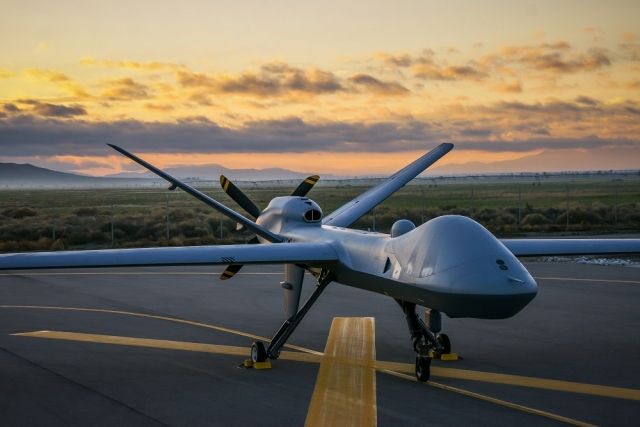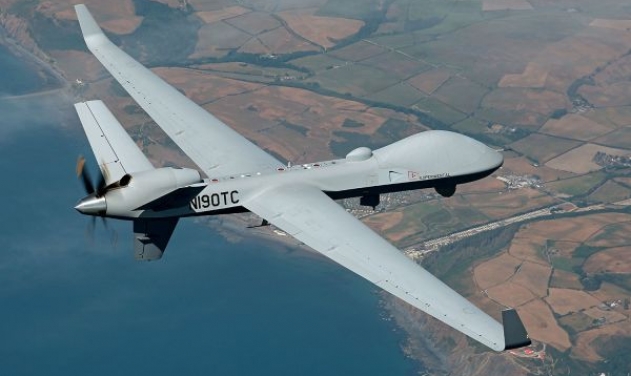US Navy to Procure 2 MQ-9A Reaper UAVs from General Atomics
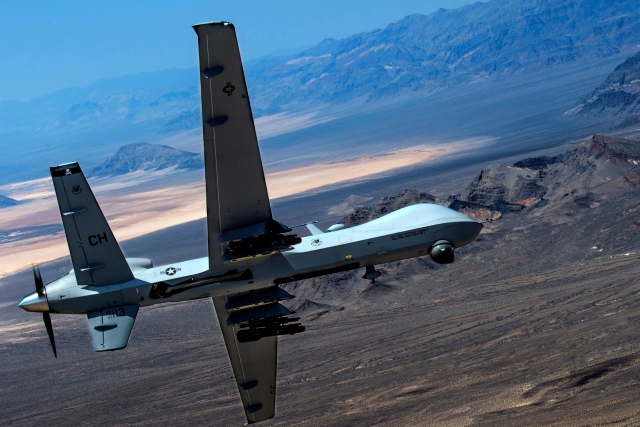
The United States Navy has contracted General Atomics to provide two MQ-9A Reaper unmanned air systems (UAS) for $26.86 million.
The deal includes two MQ-9A Reaper UAS; one dual control mobile ground control station; one modular data center; and one mobile ground control station for Group 5 UAS intelligence, surveillance and reconnaissance services/persistent strike efforts, the Pentagon said in a release Monday.
The MQ-9 Reaper (sometimes called Predator B) is a UAV capable of remotely controlled or autonomous flight operations. It is the first hunter-killer UAV designed for long-endurance, high-altitude surveillance. Predator B has an endurance of over 27 hours, a speed of 240 knots true airspeed, can operate at an altitude of up to 50,000 feet, and has a 3,850 pound (1,746 kg) payload capacity that includes 3,000 pounds (1,361 kg) of external stores.
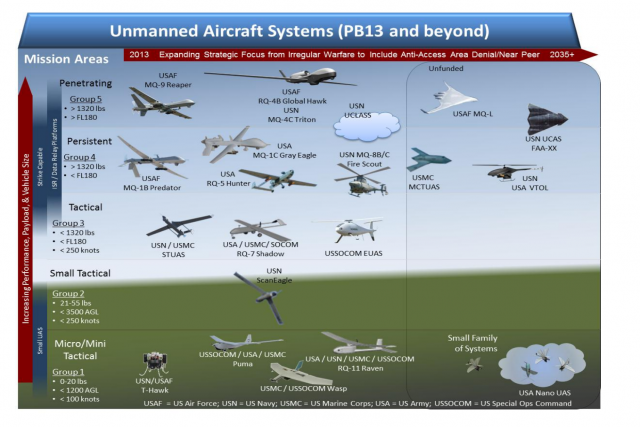
According to Missile Defense Advocacy Alliance (MDAA), UAS are classified by their size, range, and speed, and are broken into five groups based on those attributes. The varying sizes and ranges of different UAS models provide unique advantages and disadvantages to each group.
Groups 1-3 are smaller UAS models which tend to have shorter ranges but often provide a greater challenge than their larger counterparts Groups 1-3 also are significantly more likely to be used by non-state actors due to their low-cost and widespread availability. Groups 4-5 are much larger, can travel at greater distances, and are often significantly more expensive.
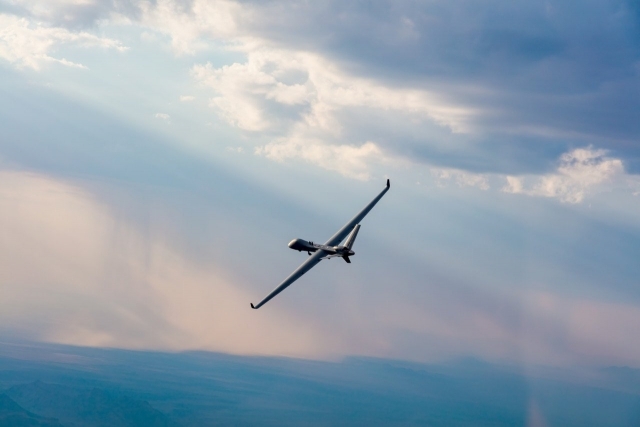
The MQ-1A/B Predator and MQ-9 Reaper fall under groups 4-5. They are easier to counter because they tend to operate at speeds and altitudes similar to that of manned aircraft. These UAS also commonly require runways and are similar in size to manned aircraft. Groups 4-5 are susceptible to anti-aircraft weapons and other aircraft however they are also capable of carrying much larger payloads and travelling much greater distances than the smaller groups of UAS.

